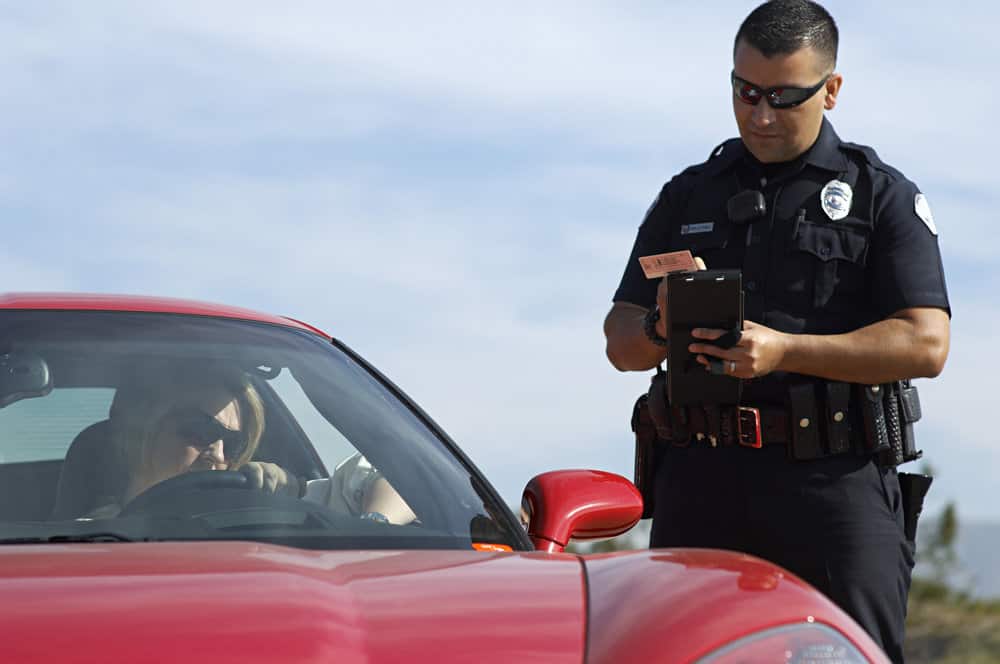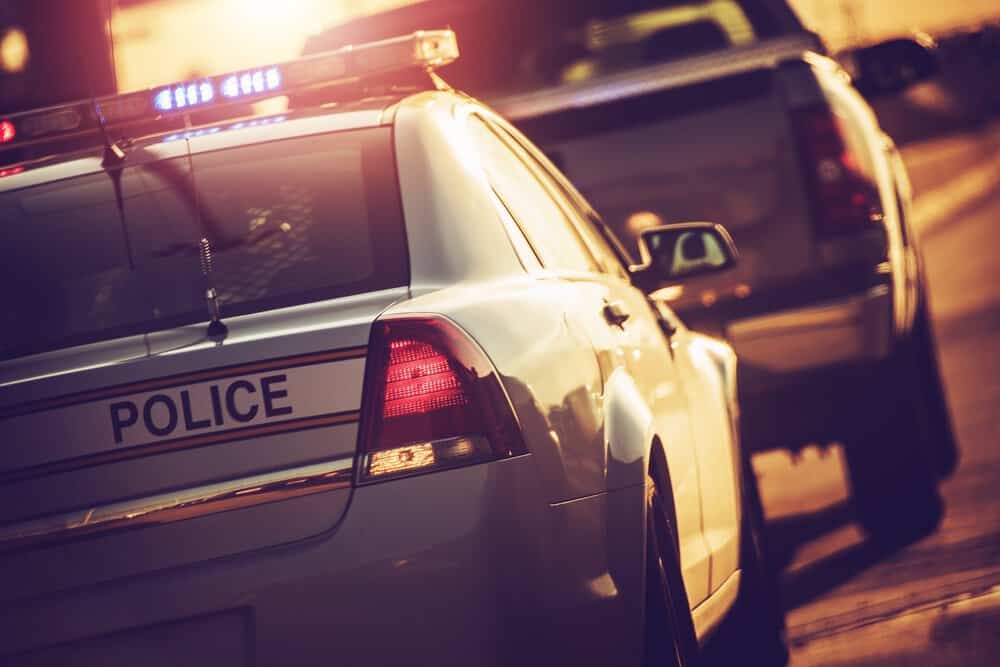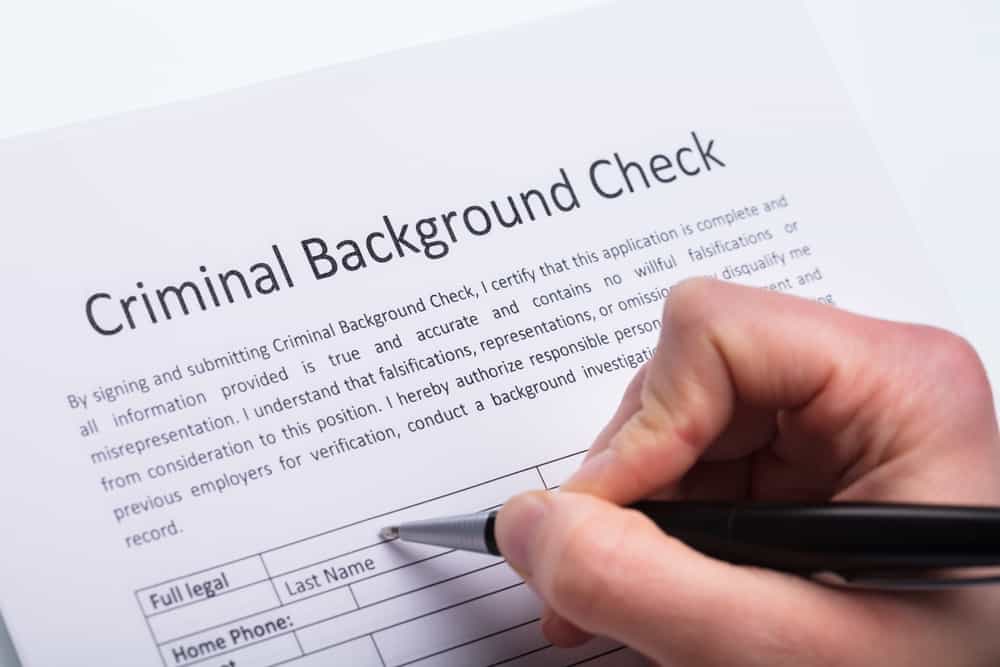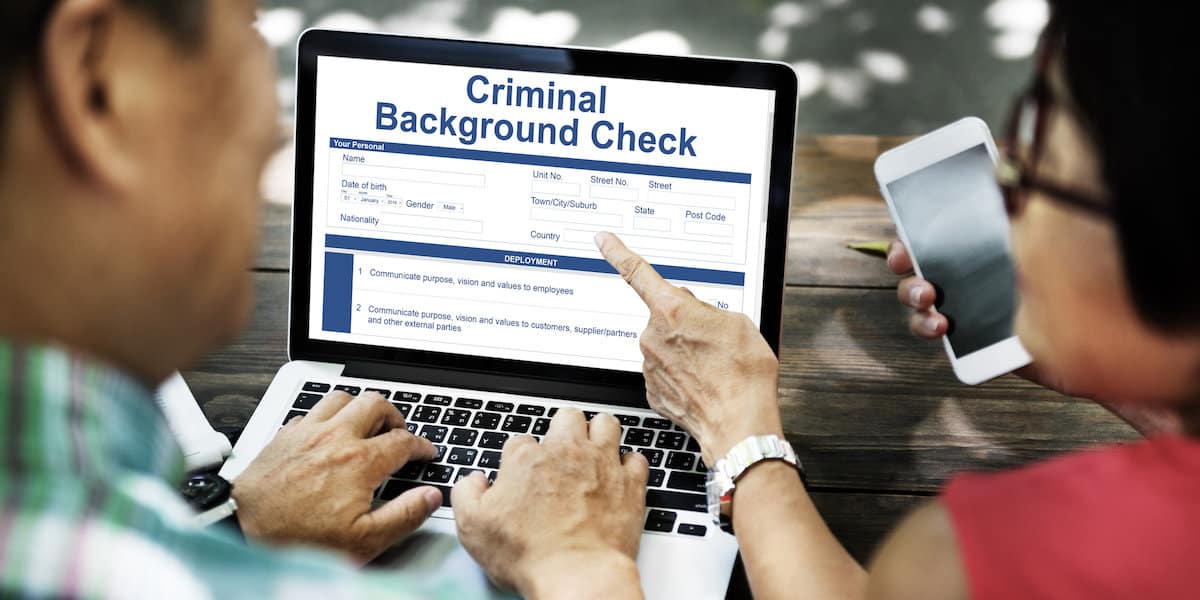Understanding the differences between various types of offenses is crucial in law enforcement. One such distinction lies between primary offenses and secondary offenses. This article will delve into the concept of a primary offense and its implications within the legal system.
A primary offense is an act that, on its own, necessitates law enforcement intervention and can result in a penalty or arrest. These types of offenses are considered more serious and often carry heavier consequences. This contrasts secondary offenses, usually identified as less severe and typically only enforced if a primary offense has already occurred.
Examples of primary offenses include running a red light, speeding, and driving under the influence. When an individual commits a primary offense, a law enforcement officer has the authority to stop them based solely on the observed violation, ensuring the safety and well-being of both the individual and the public.
Understanding Primary Offense
Definition
A primary offense refers to the main criminal act committed by an individual during an incident. It is distinguished from secondary offenses, additional or lesser criminal acts committed alongside the primary offense. Primary offenses can range from minor violations, such as misdemeanors, to more severe crimes, like felonies.
Context
In criminal law, it is crucial to identify and classify a primary offense to determine the appropriate legal response and consequences for the offender. The classification of a crime as a primary offense depends on various factors, including the crime’s severity, the offender’s intent, and the harm caused to the victim or society.
Crimes can be categorized into misdemeanors or felonies:
- Misdemeanors are generally less severe criminal acts that can lead to lesser penalties, such as fines or short-term imprisonment. Examples of misdemeanors include minor theft, disorderly conduct, and simple assault.
- Felonies are more serious crimes that typically result in harsher penalties, including extended imprisonment or even death in some jurisdictions. Examples of felonies include murder, rape, or armed robbery.
When addressing a primary offense, it is crucial to consider each case’s individual circumstances and context, as this can affect how the crime is perceived and prosecuted. Factors such as the offender’s criminal history, the specific actions carried out during the crime, and the overall impact on the victim and society may influence the legal outcome.
By understanding the concept of primary offenses and their classification as either misdemeanors or felonies, one can better grasp the intricate nuances of criminal law and its application to various cases.
Types of Primary Offenses
Traffic Violations
Primary traffic offenses are actions that directly violate traffic laws and regulations. Some examples include:
- Speeding: Exceeding the posted speed limit on roads or highways.
- Running a red light: Failing to stop at a red traffic signal.
- Stop sign violations: Not stopping completely at a stop sign before proceeding.
- Tailgating: Following too closely behind another vehicle.
- Window tint violations: Having window tint darker than what the law allows.
Distracted Driving
Distracted driving is any activity that takes the driver’s attention away from the road. Examples of primary offenses related to distracted driving include:
- Texting and driving: Using a cell phone to send or read text messages while operating a vehicle.
- Cellphone use: Talking on the phone without using a hands-free device.
- Other distractions: Eating, adjusting the radio, or interacting with passengers while driving can also lead to distracted driving offenses.
Driving Under the Influence
Driving under the influence (DUI) is operating a vehicle while impaired by alcohol, drugs, or a combination of both. This is a serious primary offense, and consequences may vary depending on the severity of the impairment and specific jurisdictions. Some key aspects of DUI offenses are:
- Alcohol-related offenses: A driver is considered to be under the influence if their blood alcohol concentration (BAC) is above the legal limit set by the jurisdiction.
- Drug-related offenses: Driving under the influence of illegal drugs, prescription medications, or over-the-counter drugs that impair the driver’s ability to operate a vehicle safely.
- Refusing a sobriety test: If a driver suspected of DUI refuses to take a breathalyzer or field sobriety test, this can also result in a primary offense.
Primary offenses are a significant concern because they directly impact road safety. Adhering to traffic laws and regulations helps reduce the risk of accidents and ensures a safer driving environment for everyone on the road.
The Role of Law Enforcement
Traffic Stops
Law enforcement plays a vital role in maintaining and ensuring public safety. In the context of traffic regulations, police officers are responsible for enforcing the rules of the road. One key aspect of their duty involves conducting traffic stops. When a police officer observes a driver committing a primary offense, they have reasonable suspicion to initiate a traffic stop.
During a traffic stop, the police officer will approach the driver’s side window and request the driver’s license, registration, and proof of insurance. The officer’s primary concern is to address the violation that warranted the stop in the first place.
Issuing Citations
After evaluating the situation and confirming the primary offense, the police officer may issue a citation, also known as a ticket. A primary offense is an act that, on its own, provides law enforcement with enough justification to pull a vehicle over and take action. Some common primary offenses include:
- Speeding
- Running a red light or stop sign
- Failure to wear a seatbelt
Contrastingly, a second offense can only be addressed if the driver is pulled over for another reason. For example, a police officer cannot stop a vehicle solely due to a passenger not wearing a seatbelt if seatbelt usage is classified as a secondary offense in that jurisdiction.
During the issuance of a citation, the officer will explain the violation and any associated fines or penalties. The driver is usually given a window to pay the fine, contest the ticket, or attend a traffic school to avoid adding points to their license.
The enforcement of primary offenses by law enforcement is essential in ensuring safe and orderly conduct on the roads. Police officers are trained to identify and address these offenses, helping prevent accidents and save lives.
Differentiating Secondary Offenses
What Constitutes a Secondary Offense
A secondary offense is a violation of traffic law that can only be enforced if the driver is already being stopped for another primary offense. Unlike primary offenses, secondary offenses do not directly warrant a traffic stop. Instead, they are supplemental charges to the primary cause of the stop, and any penalties or fines associated with secondary offenses are typically additional to those incurred for the primary violation.
Some factors differentiating secondary offenses from primary ones include their threat to public safety and the necessity for law enforcement to observe another violation before enforcing the secondary offense.
Examples of Secondary Offenses
While secondary offenses can vary by jurisdiction, some common examples include:
- Passenger violations: Passengers not wearing seat belts or minors not secured in appropriate child restraints are often classified as secondary offenses. Law enforcement cannot initiate a traffic stop solely for these reasons, but if the driver is stopped for another reason, the passenger violations can be enforced as secondary violations.
- Signal violations: In some areas, failure to signal a turn or lane change is considered a secondary offense. Officers must observe a primary offense, such as speeding or reckless driving before they can cite a driver for failing to signal.
- Driving under the influence (DUI): While DUI is a primary offense in most jurisdictions, certain aspects related to it can be considered secondary offenses. For example, an open container of alcohol in the vehicle is often a secondary offense, meaning the officer must first observe a primary violation before citing the driver for having an open container.
- Inspection: In some locations, missing or expired inspection stickers are also considered secondary offenses. Law enforcement cannot stop a vehicle solely for lacking a valid inspection; however, if the driver is stopped for another reason (e.g., a broken taillight), the inspection violation can be enforced as a secondary offense.
Drivers must be aware of primary and secondary traffic violations in their area, as secondary offenses can lead to additional penalties when combined with a primary violation. Staying informed about traffic laws can help drivers avoid fines, points on their driving record, and other potential consequences of secondary traffic offenses.
Legal Consequences of Offenses
When a driver commits a primary traffic offense, they face various legal consequences. Primary offenses are actions that warrant a traffic stop and citation by police officers. Examples of primary offenses include distracted driving, seat belt violations, and texting while driving. The legal consequences vary based on the specific offense and state laws.
Fines and Penalties
Fines and penalties depend on the nature of the traffic violation. For instance, a motorist may receive a citation for a seat belt violation, which might be a lesser fine than distracted driving. On the other hand, drivers caught texting while driving may face larger fines, particularly in school zones or areas where traffic laws are strictly enforced. Fines can range from a few hundred dollars to thousands, depending on the severity and the state’s regulations.
State laws also dictate the criminal charges associated with a specific offense. A moving violation may be classified as a misdemeanor, whereas more severe offenses, like reckless driving, could lead to criminal charges. Some traffic laws might even impose additional penalties, like license suspension or mandatory community service, for repeat offenders.
Seeking Legal Assistance
If a driver receives a citation for a primary offense, it is essential to consult with an attorney. An attorney can help the motorist understand the implications of the charges, review the evidence, and identify possible defenses. Attorneys are familiar with state laws and can provide invaluable guidance when navigating the legal system.
In some cases, representation by an attorney can lead to reduced charges, lesser fines, or even dismissal of the case. Given the potential impact on a driver’s record, insurance rates, and future consequences, seeking legal assistance for primary offenses is crucial.
Remember, traffic laws and consequences for primary offenses vary between states. It’s essential to stay informed about local regulations to avoid unintended violations and potential legal issues.
FAQs
What is a primary offense?
A primary offense is a violation of law or regulations for which law enforcement can stop and issue a citation to the offender without the need to observe any other infractions. These offenses are considered serious as they typically threaten public safety or general order.
Examples of primary offenses
Some common examples of primary offenses include:
- Speeding
- Running a red light or stop sign
- Driving without a seatbelt
- Texting or using a handheld device while driving
- Driving under the influence of alcohol or drugs
Difference between primary and secondary offenses
While primary offenses allow law enforcement to stop a vehicle and issue a citation based on the observed violation, secondary offenses require officers to witness another primary offense before issuing a citation for the second offense. Examples of secondary offenses may include not wearing a seatbelt as a passenger or having expired registration tags.
Does every state have the same primary offenses?
No, laws and regulations vary by state in the United States. Some states might consider specific violations primary offenses, while others may classify them as secondary offenses or have different penalties. Being familiar with the specific traffic laws in the state you are driving in is crucial.
Can primary offenses impact my driving record or insurance rates?
Yes, receiving a citation for a primary offense can negatively affect your driving record and potentially lead to increased insurance rates. Each state has different point systems for violations, and accumulating too many points can result in license suspension or other consequences. It is essential to obey traffic laws and practice safe driving habits to maintain a clean driving record and avoid increased insurance rates.





